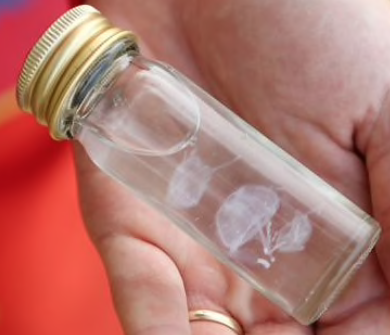Tragically, it can happen anywhere there is a known, or unknown, habitat and presence of box jellyfish. It can be a beautiful, calm, tropical sandy beach. There can be many people, a few or none. Someone might even be wearing a protective lycra suit, though this is unlikely. Sometimes there are warning signs, often not. Perhaps there is a prevention net, usually there isn't. Or, there might be a lifeguard or two patrolling the beach and occasionally dragging a sampling net. There may recently have been a mild or serious jellyfish sting there, or far worse, a fatal sting, but there is no obvious record or information. You, eager to swim, wanting to cool down in the immersive sea in such a spectacular setting, naturally head unaware into the water. Little do you realise, or maybe you do but what are the odds, that the risk is ever-present and this swim could be your last. On the weekend, at a popular beach in Australia's far north-east, it happened, again. Sadly, a 14-year ol











